To enhance students' professional education and deepen their understanding of the college's history and current development, the College of Construction Engineering at Jilin University organized a campus tour for all freshmen of the Class of 2023 on the morning of September 26. The college carefully planned and arranged visits to more than ten locations, including the College History Museum, the Academicians’ Corridor, the foundation site of the Huang Danyu Building, the model base for the "Earth One" drilling rig, and the oil shale laboratory. Each visit location was accompanied by a professional instructor who provided detailed explanations. As the freshmen explored the campus, they listened to the instructors’ insights, which further strengthened their sense of belonging and identification with the college.
Teacher Zhang Xiaowan introduced the College History Museum, detailing its history in three phases: the founding phase (1952-1980), the recovery and development phase (1980-2000), and the flourishing development phase (2000-present).

Teacher Chang Rongjian was responsible for explaining the Academicians’ Corridor, located on both sides of the Science Star Square at the Chaoyang Campus. The corridor showcases the remarkable achievements of generations of geoscientists from Jilin University over the past seventy years, highlighting the contributions of 28 academicians from the Chinese Academy of Sciences and the Chinese Academy of Engineering, including Li Siguang, who have dedicated themselves to their academic fields and made significant contributions to national scientific development.
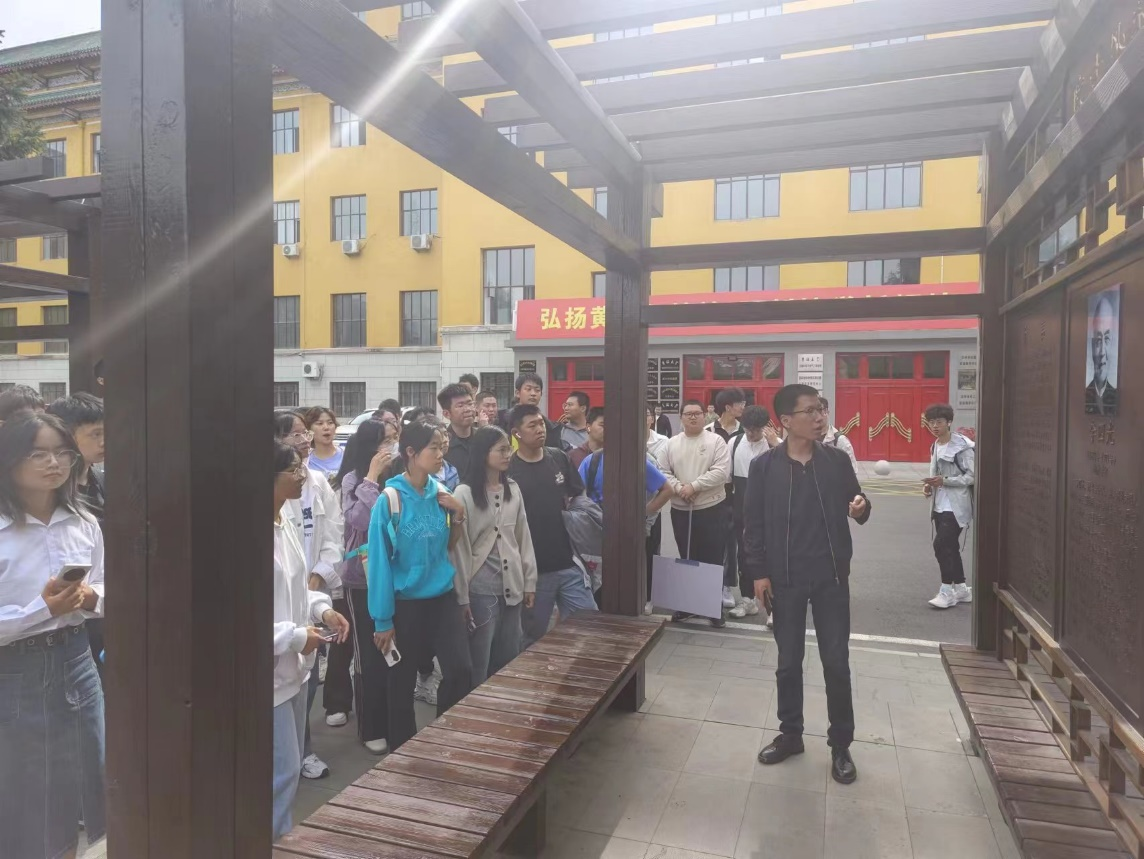
Teacher Li Yuchao provided key insights at the foundation site of the Huang Danyu Building, focusing on the application and development of non-contact drone measurement technology in surveying for civil engineering and geological engineering. He introduced the types, components, structures, photographic methods, and operation procedures of the drones used by the college. Additionally, he discussed the advantages and disadvantages of different drone models based on their intended research subjects, environmental complexities, and fieldwork requirements.
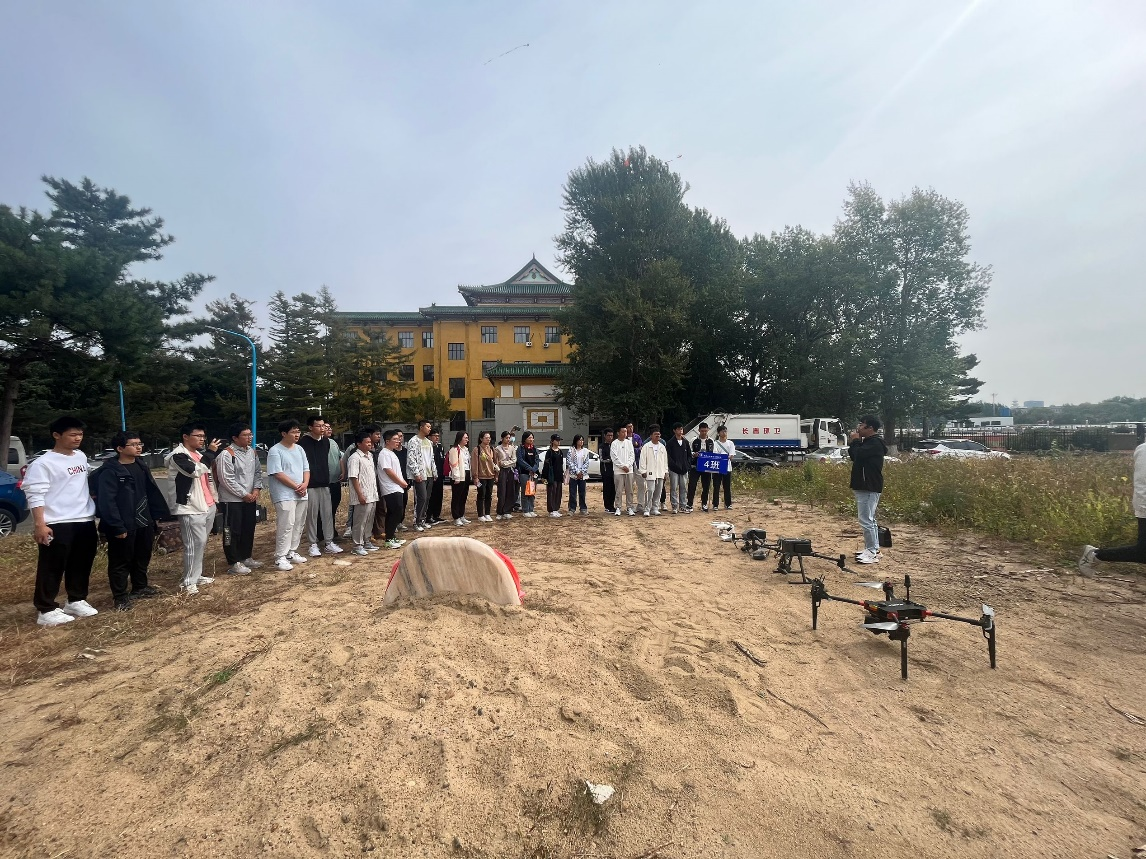
Teachers Bo Kun and Li Yanliang presented information about the Ministry of Natural Resources Key Laboratory for Complex Condition Drilling Technology. They particularly highlighted the "Earth One" 10,000-meter drilling rig, prompting new students to think critically about the discipline and their major through a question-and-answer format. Subsequently, Li Yanliang provided a detailed introduction to the research background of the "Earth One" drilling rig, its key technologies, structure, applications, results, and achievements in technology transfer.
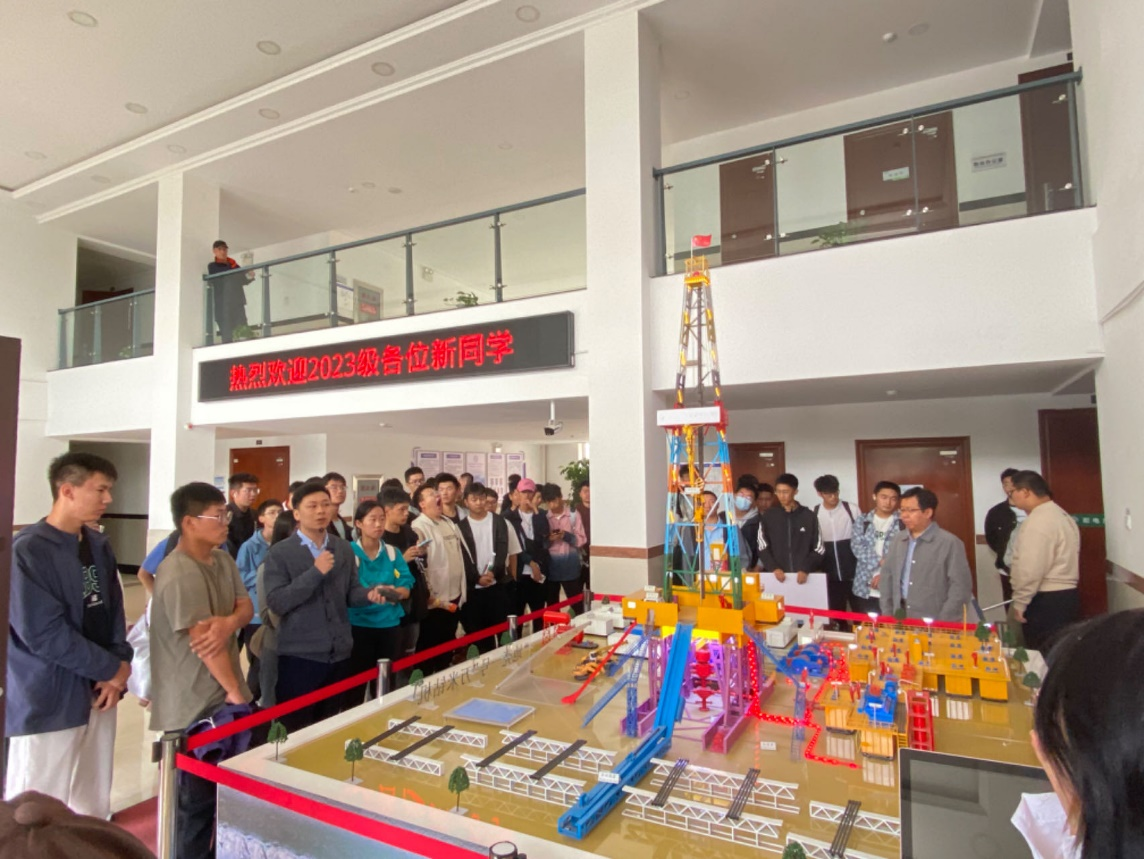
Teacher Zhang Nan introduced the oil shale comprehensive building, which includes the XRD laboratory, high-temperature and high-pressure thermogravimetric laboratory, stable isotope laboratory, gas chromatography laboratory, and oil shale sample pre-treatment laboratory. He mainly explained the primary functions and applications of the laboratory equipment and discussed access requirements and safety protocols in the oil shale laboratories.
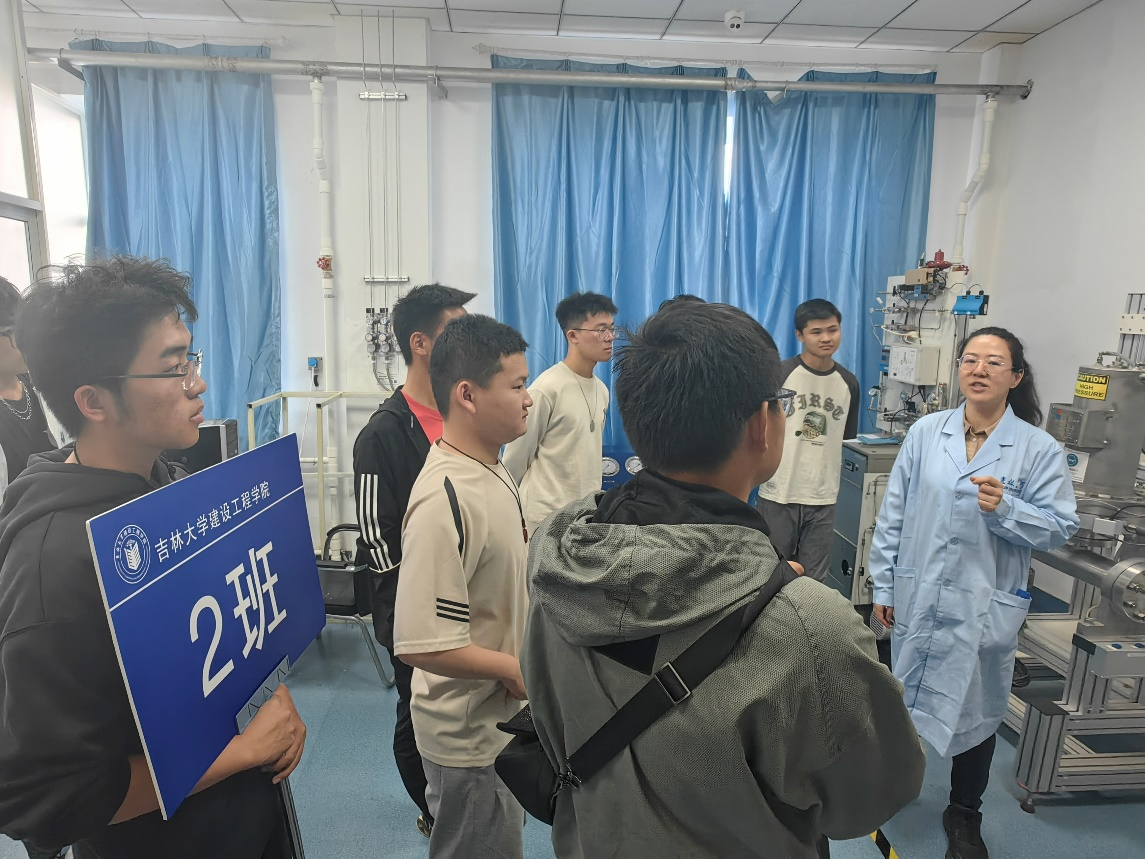
Teacher Wang Qiuwen mainly presented the achievements of the Jilin University Industry-Academia-Research Collaboration Project on Potential Oil and Gas Resources (Oil Shale Exploration, Development, and Utilization). She provided an overview of the project, describing the characteristics of potential oil and gas resources and showcasing the research capabilities and platform development across six exhibition areas, covering resource evaluation, exploration technology and instruments, in-situ conversion, comprehensive utilization, and environmental protection.
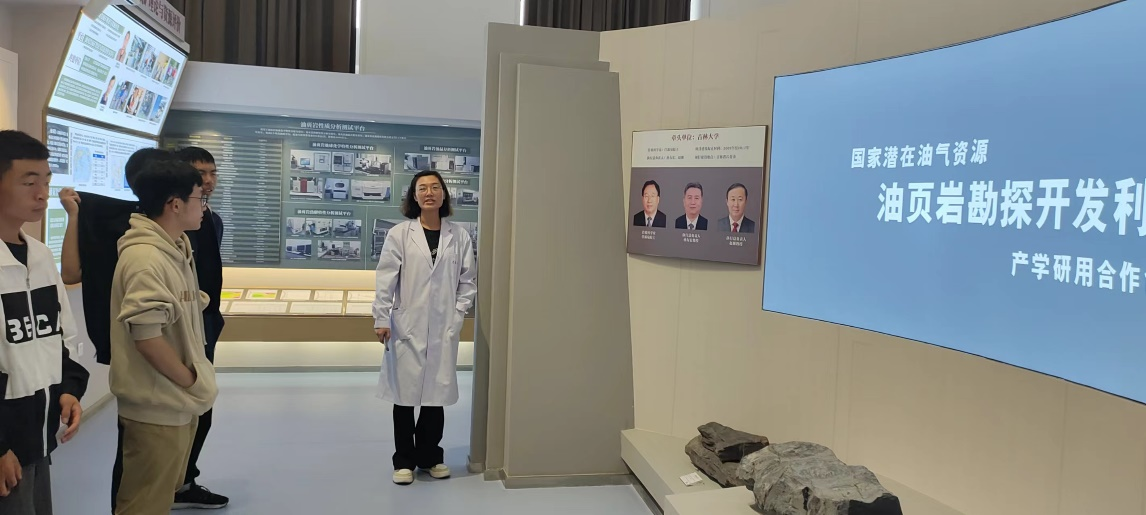
Teacher Zhu Chaofan explained the NMR analysis and imaging laboratory, thermogravimetric and infrared coupled laboratory, and oil shale physical property analysis and laser Raman analysis laboratory. He mainly introduced the functions of various instruments such as the NMR analyzer, thermogravimetric and infrared coupled analyzer, oxygen bomb calorimeter, industrial analyzer, and laser Raman analyzer.
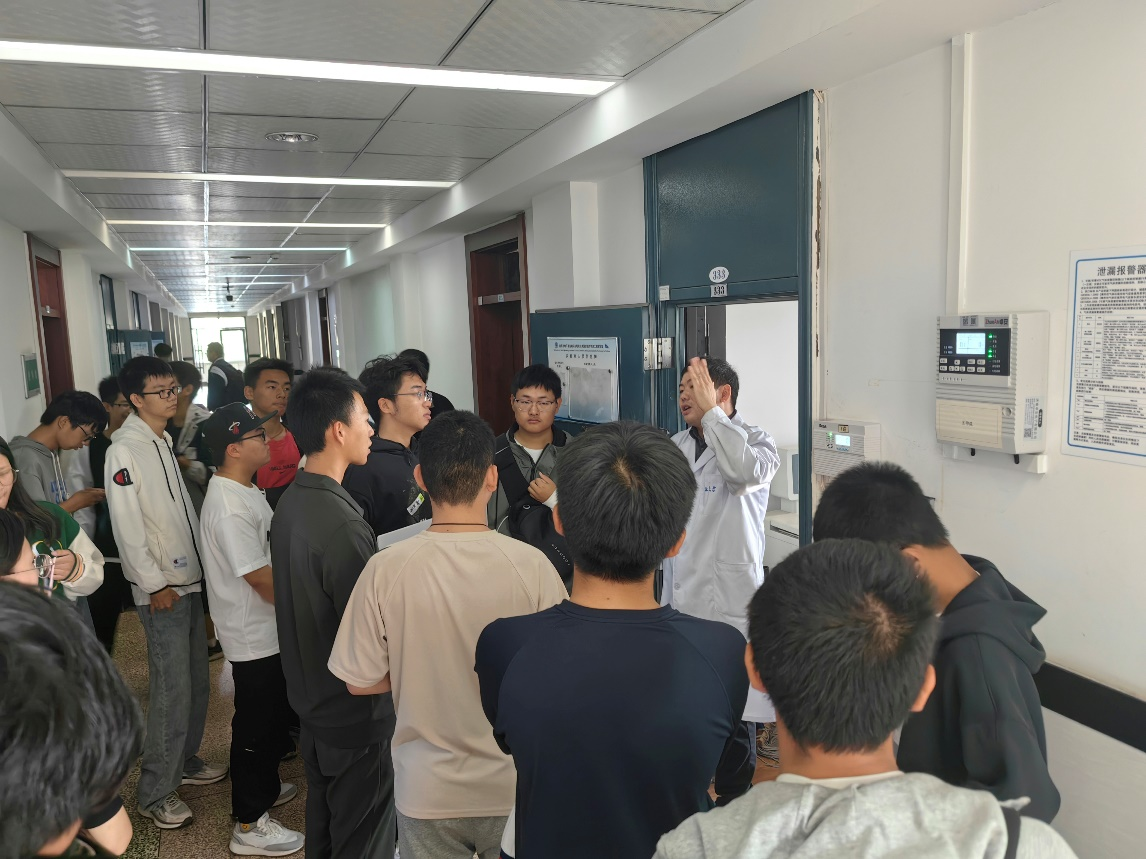
Teacher Zhao Qun introduced experimental equipment in the materials mechanics laboratory, including pressure testing machines, impact testing machines, universal testing machines, carbonation chambers, freeze-thaw testing machines, and high-temperature furnaces. He also provided information about relevant courses and experiments supported by the laboratory equipment.

Teachers Xu Xiaohui and Hu Zhongjun, along with doctoral students Liu JiaqI and Feng Xue from the College of Construction Engineering, presented various testing devices such as the concrete alkali content determination instrument, rapid determination instrument for chloride ion content, chloride ion concentration determination instrument, multifunctional comprehensive testing device for concrete durability, and single motor direct shear apparatus.
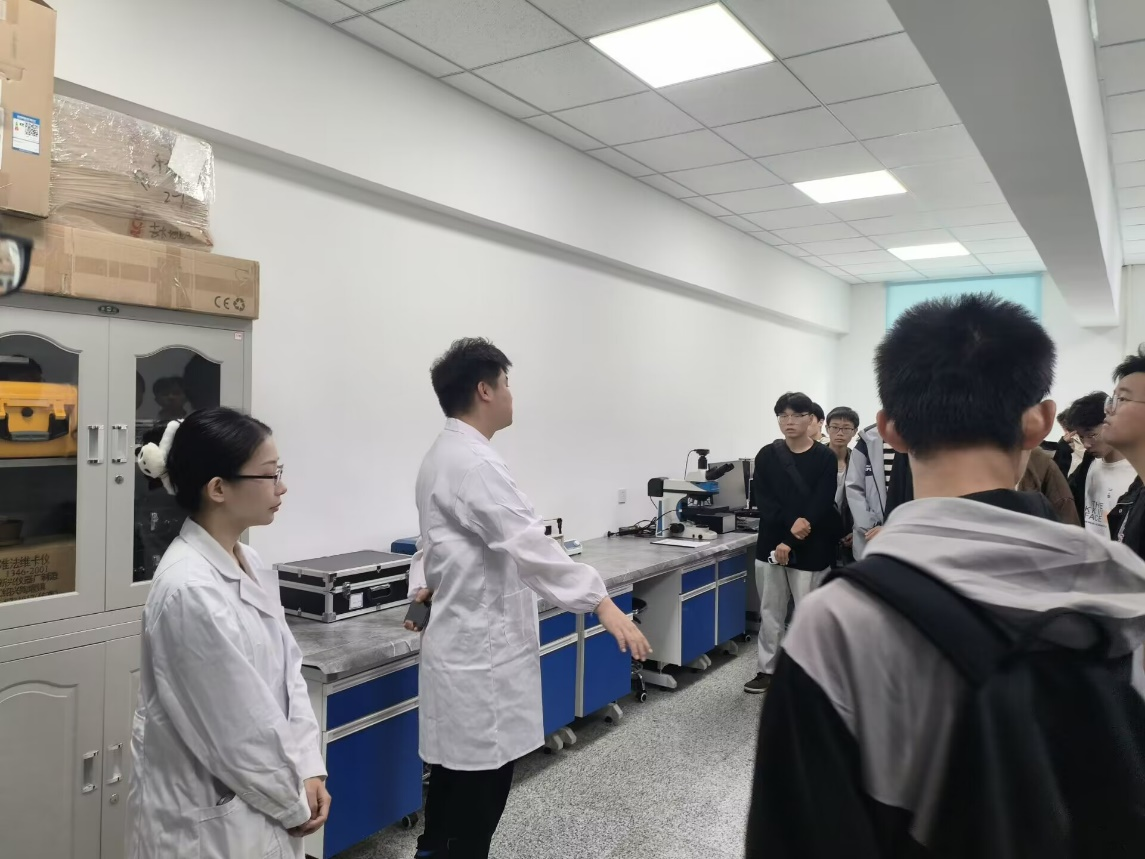
This activity helped freshmen gain a deeper understanding of the college's history, the professional experimental equipment and environment, the current state of the civil engineering industry, and the future development of the discipline, allowing them to integrate into university life more quickly and effectively.
